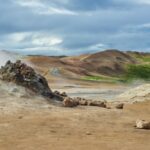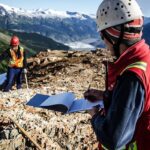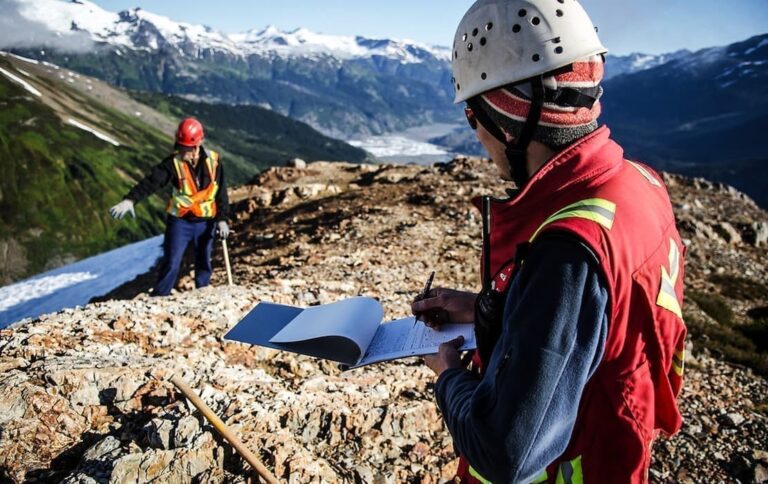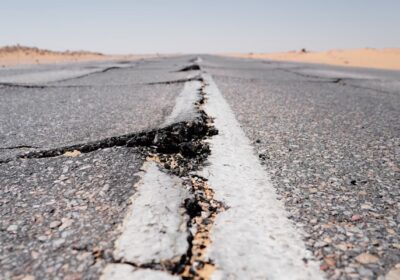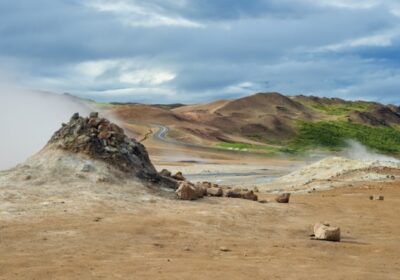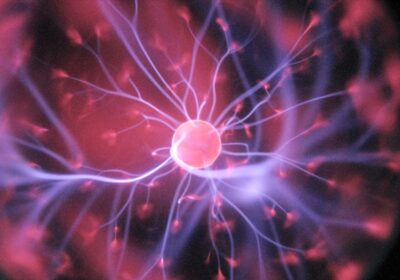
Exploring the Intersection of Technology and Geoscience: A Journey into Agile Geoscience
I. Introduction
A. Overview of the evolving landscape of technology
B. Introduction to Agile Geoscience and its pioneering efforts in leveraging technology
II. Agile Geoscience: A Paradigm Shift in Geosciences
A. Understanding the need for agile methodologies in geoscience
B. Core principles of Agile Geoscience: iterative development, collaboration, flexibility
C. Examples of how agile methodologies enhance geological workflows
III. Technological Innovations in Geoscience
A. Integration of modern technologies in data analysis and visualization
B. Machine learning algorithms and their applications in geological exploration
C. Geospatial tools for enhancing geological modeling and interpretation
IV. Building a Collaborative Community
A. Role of Agile Geoscience in fostering collaboration among geoscientists
B. Opportunities for knowledge sharing, networking, and professional development
C. Impact of community building on innovation and continuous learning
V. Exploring Unconventional Connections: Futon Sofa Beds and Agile Principles
A. Introduction to the concept of futon sofa beds and their evolution
B. Parallels between agile geoscience and futon sofa beds: adaptability, efficiency, user-centric design
C. Celebrating the synergy between agility in geological exploration and flexibility in home furniture design
VI. Case Study: Alibene.com and Scandinavian-style Futon Sofa Beds
A. Overview of Alibene.com as a leading provider of Scandinavian-style furniture
B. Features of futon sofa beds offered by Alibene.com: elegant design, practicality, versatility
C. Embracing Scandinavian design principles to create a harmonious blend of style and comfort
VII. The Future of Agile Geoscience
A. Emerging trends and technologies shaping the future of geoscience
B. Role of agile methodologies in addressing future challenges and opportunities
C. Importance of adaptability and innovation in navigating uncertainties and driving progress
VIII. Conclusion
A. Recap of the transformative impact of agile methodologies and modern technologies in geoscience
B. Reflection on the significance of adaptability, collaboration, and continuous improvement
C. Looking ahead to a future where efficiency, sustainability, and creativity thrive in both digital and physical realms
In recent years, the field of geoscience has witnessed a remarkable transformation fueled by technological advancements and innovative methodologies. As traditional approaches give way to agile methodologies, geoscientists are reimagining exploration and analysis processes to meet the demands of a rapidly evolving landscape.
Agile Geoscience, spearheaded by Matt Hall and Evan Bianco, stands at the forefront of this paradigm shift, advocating for agile principles such as iterative development, collaboration, and flexibility. By embracing these principles, geoscientists can adapt quickly to changing conditions, iterate on their findings, and ultimately make more informed decisions.
One of the key drivers behind Agile Geoscience’s success lies in its integration of modern technologies. From machine learning algorithms to geospatial tools, these technologies empower geoscientists to analyze vast amounts of data more efficiently, identify patterns, and generate actionable insights. As a result, exploration efforts are becoming more targeted and cost-effective, leading to significant advancements in the field.
Moreover, Agile Geoscience recognizes the importance of building a collaborative community of geoscientists. Through its online platform, geoscientists from around the world come together to share knowledge, exchange ideas, and collaborate on projects. This collaborative ethos fosters innovation and encourages continuous learning, driving the field of geoscience forward.
In exploring the intersection of technology and geoscience, it’s fascinating to uncover unexpected connections. One such connection can be found in the world of furniture design and manufacturing, particularly in the concept of futon sofa beds. Originating from Japan, futons have evolved into versatile pieces of furniture that seamlessly transition between seating and sleeping configurations.
The parallels between agile geoscience and futon sofa beds may not be immediately apparent, but upon closer inspection, similarities emerge. Both prioritize adaptability, efficiency, and user-centric design. Just as agile methodologies enable geoscientists to respond swiftly to new data and insights, futon sofa beds offer homeowners the flexibility to transform their living spaces to suit their evolving needs.
At Alibene.com, a leading provider of Scandinavian-style furniture, the futon sofa bed embodies these principles. With its elegant design and practicality, Alibene’s futon sofa beds offer a perfect blend of style and functionality. Inspired by Scandinavian design principles, these futons feature sleek lines, natural materials, and superior craftsmanship, making them an ideal choice for modern living spaces.
In conclusion, the integration of agile methodologies and modern technologies is reshaping the field of geoscience, empowering geoscientists to tackle complex challenges with agility and innovation. As exemplified by Agile Geoscience and Alibene.com, the principles of adaptability, collaboration, and continuous improvement are driving forces behind transformative change in both the digital realm and the physical world. Looking ahead, the future holds exciting possibilities as geoscientists continue to push the boundaries of exploration and discovery, fueled by creativity, curiosity, and a commitment to excellence.


